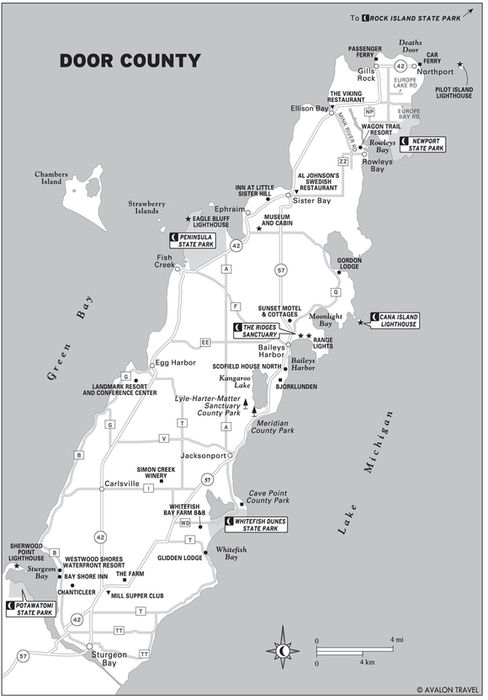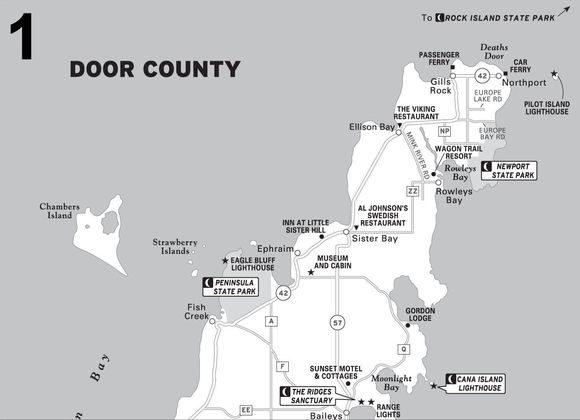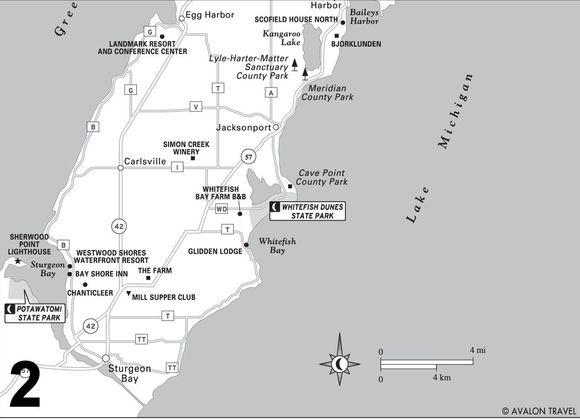Thomas Huhti is a native Cheesehead who wound up studying in China during universityitchy feet and wanderlust have been a familial cursewhich ultimately led to a five-year stint traveling the globe and living out of a backpack. A fortuitous meeting with a travel scribe on a Chinese mountain opened the then-young punks eyes quite wide to the possibilities of combining travel and writinghis two lovesas a career.
But half a decade wandering the world made him long for his birthplace, about which, sadly, he realized he knew precious little. A four-year pilgrimage around the state to research the first edition of Moon Wisconsin became a gift to his parents, worthy Badgers both. Ultimately, he discovered he bled Badger red and understood where home really was.
Now its a lifelong labor of love (at least outside of deadline crunch times). With his navigator-partner, Yuki, and his bigheaded yellow lab, Bobo, fighting over who gets to ride shotgun, the tent drying in the back of the car, and a Brewers game on the radio, Thomas can be found wandering Wisconsins highways, searching for yet another lake.
Hold your left hand up for a moment, palm out. The thumb is, as the Depression-era WPA Wisconsin guidebook put it, the spout, as it were, of the Wisconsin teakettle. Thats the Door Peninsula. Early French inhabitants called the watery cul-de-sac formed by the peninsula La Baye (later, La Baye Verde, and finally, Green Bay). Cape Cod of the Midwest and other silly likenings (Ive even heard California of the North, and that really gets me going) are the rule here.
Incessant comparisons to Yankee seaside villages dont wholly miss the mark, though in spots the area smacks just as much of chilled, stony Norwegian fjords. Bays in all the colors of an artists palette are surrounded by variegated shoreline250 miles (more than any other U.S. county) alternately rocky beach, craggy bluff, blossom-choked orchard, bucolic heath, and meadow. Door Countys established parkland acreagecounty, state, and municipalis staggering, considering its size. Generation upon generation of shipbuilders, fishers, and farmers benefited from the magical microclimate here, and theres a predisposition within the populace not to get worked up about much.
 Potawatomi State Park: Overlook the historic waterways of the Doorall from a high perch atop the Niagara Escarpment ().
Potawatomi State Park: Overlook the historic waterways of the Doorall from a high perch atop the Niagara Escarpment ().
 Whitefish Dunes State Park: On the wilder side, splendid dunes and critical habitat are here, formed by the rough wave action ().
Whitefish Dunes State Park: On the wilder side, splendid dunes and critical habitat are here, formed by the rough wave action ().
 The Ridges Sanctuary and the Cana Island Lighthouse: A beloved sanctuary, it contains the grand, brilliantly white Cana Island Lighthouse ().
The Ridges Sanctuary and the Cana Island Lighthouse: A beloved sanctuary, it contains the grand, brilliantly white Cana Island Lighthouse ().
 Newport State Park: Find preserved wilderness in one of the Midwests most traveled vacation destinations. Yup, escape the madding crowds here ().
Newport State Park: Find preserved wilderness in one of the Midwests most traveled vacation destinations. Yup, escape the madding crowds here ().
 Peninsula State Park: This park is somnolent and picturesque, despite having tourist numbers rivaling Yellowstones ()!
Peninsula State Park: This park is somnolent and picturesque, despite having tourist numbers rivaling Yellowstones ()!
 Rock Island State Park: This is as far as you get from anywhere in the state, an unparalleled getaway spot ().
Rock Island State Park: This is as far as you get from anywhere in the state, an unparalleled getaway spot ().
LOOK FOR  TO FIND RECOMMENDED SIGHTS, ACTIVITIES, DINING, AND LODGING.
TO FIND RECOMMENDED SIGHTS, ACTIVITIES, DINING, AND LODGING.
Limestone bedrock here rises 220 feet out of Lake Michigan; its part of the same Niagara Escarpment that stretches south to Lake Winnebago (and east all the way to Niagara Falls). Eons of waves have carved rough sea caves into the multihued red and smoky black cliffs. (The shores on the western side of Green Bay are dramatic in contrastmostly low-slung topography crawling toward the shore through marsh or beach.)
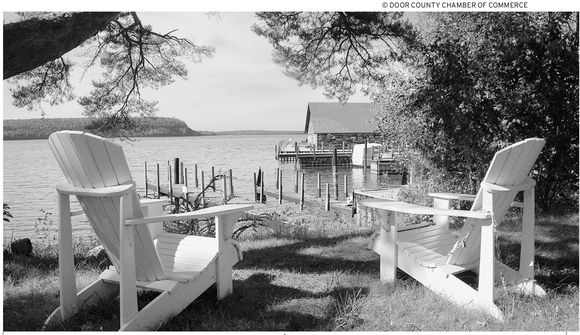
Porte des Mortes
At the tip of the peninsula is the only major gap in the escarpment, Porte des Mortes, the fabled Door of Deathso named by petrified early French explorers. The ferocious local climate has devoured hundreds of ships here. Accounts vary wildly (travelers will believe anythingand pass it along at the next inn) regarding which tragedy gave rise to the name Door of Death, but all are remarkably harrowing. Most accounts point to a band of 300500 Potawatomisome say Winnebagowho were dashed against rocks. Before the advent of modern navigation and large, diesel-driven screws, most ships could not overcome the shifting currents or conflicting wind shears (and shoals).
Human History
Human habitation at what today is Whitefish Dunes State Park dates back to 100 B.C. to judge by traces of the North Bay People, who spread from the mouth of the bay all the way to Rock Island. Woodland Indians arrived in the mid-1600s, when hostile, large-scale Iroquois expansion in Acadia forced the Hurons to flee. They likely arrived on Rock Island, which had been populated by Potawatomi, who would later return to open the doors to the Europeans. With the aid of Winnebago and Ottawa Indians, one of the largest ramparts in the New World was constructed on Rock Island to repel Iroquois invaders. (The U.S. government would later forcibly evict the Potawatomi from Rock Island so lumbermen could enter.)
On Washington Island in the late 17th century, the Potawatomi would initiate commercial operations with Pierre Esprit Radisson, who considered the island one of his favorite sites in all New France.

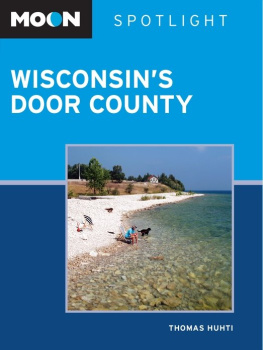

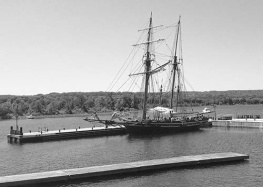
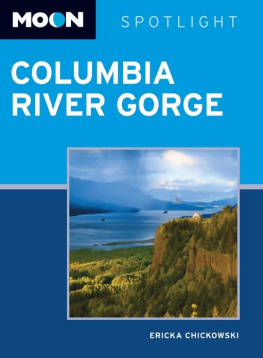
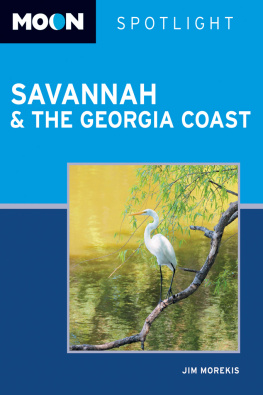
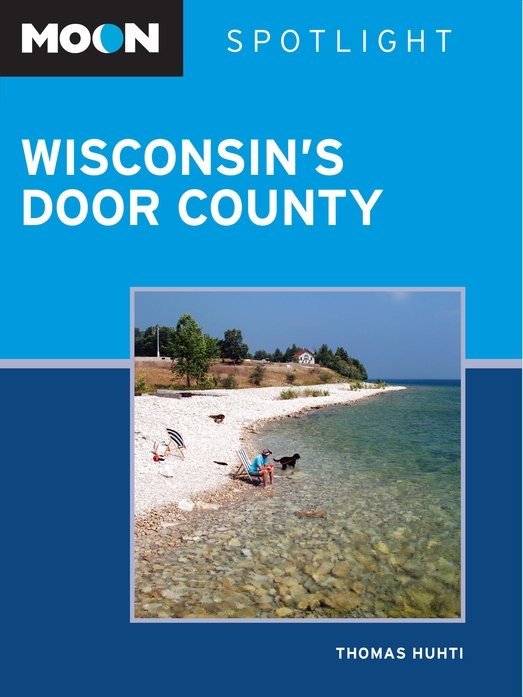

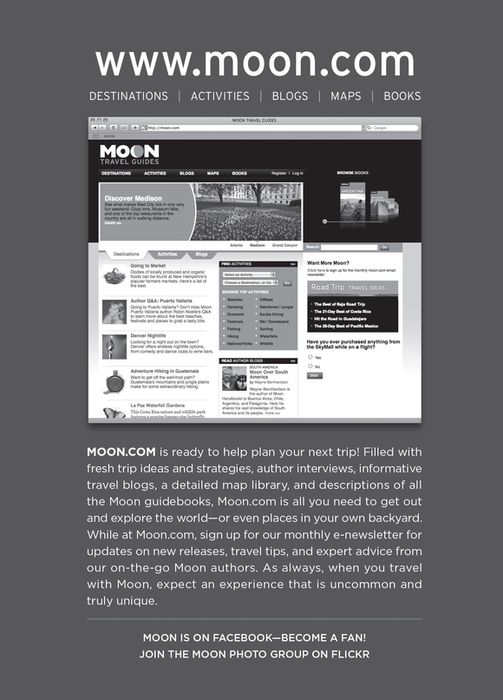
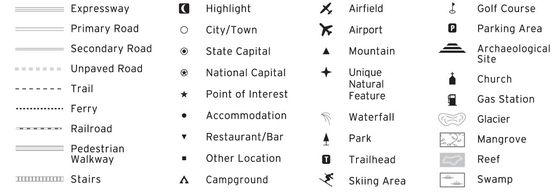

 Potawatomi State Park: Overlook the historic waterways of the Doorall from a high perch atop the Niagara Escarpment ().
Potawatomi State Park: Overlook the historic waterways of the Doorall from a high perch atop the Niagara Escarpment (). Whitefish Dunes State Park: On the wilder side, splendid dunes and critical habitat are here, formed by the rough wave action ().
Whitefish Dunes State Park: On the wilder side, splendid dunes and critical habitat are here, formed by the rough wave action (). The Ridges Sanctuary and the Cana Island Lighthouse: A beloved sanctuary, it contains the grand, brilliantly white Cana Island Lighthouse ().
The Ridges Sanctuary and the Cana Island Lighthouse: A beloved sanctuary, it contains the grand, brilliantly white Cana Island Lighthouse (). Newport State Park: Find preserved wilderness in one of the Midwests most traveled vacation destinations. Yup, escape the madding crowds here ().
Newport State Park: Find preserved wilderness in one of the Midwests most traveled vacation destinations. Yup, escape the madding crowds here (). Peninsula State Park: This park is somnolent and picturesque, despite having tourist numbers rivaling Yellowstones ()!
Peninsula State Park: This park is somnolent and picturesque, despite having tourist numbers rivaling Yellowstones ()! Rock Island State Park: This is as far as you get from anywhere in the state, an unparalleled getaway spot ().
Rock Island State Park: This is as far as you get from anywhere in the state, an unparalleled getaway spot ().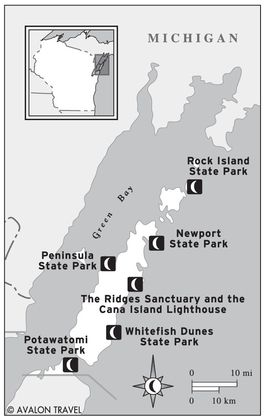
 TO FIND RECOMMENDED SIGHTS, ACTIVITIES, DINING, AND LODGING.
TO FIND RECOMMENDED SIGHTS, ACTIVITIES, DINING, AND LODGING.
